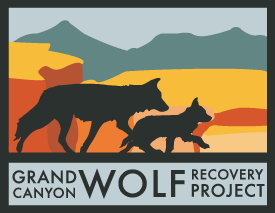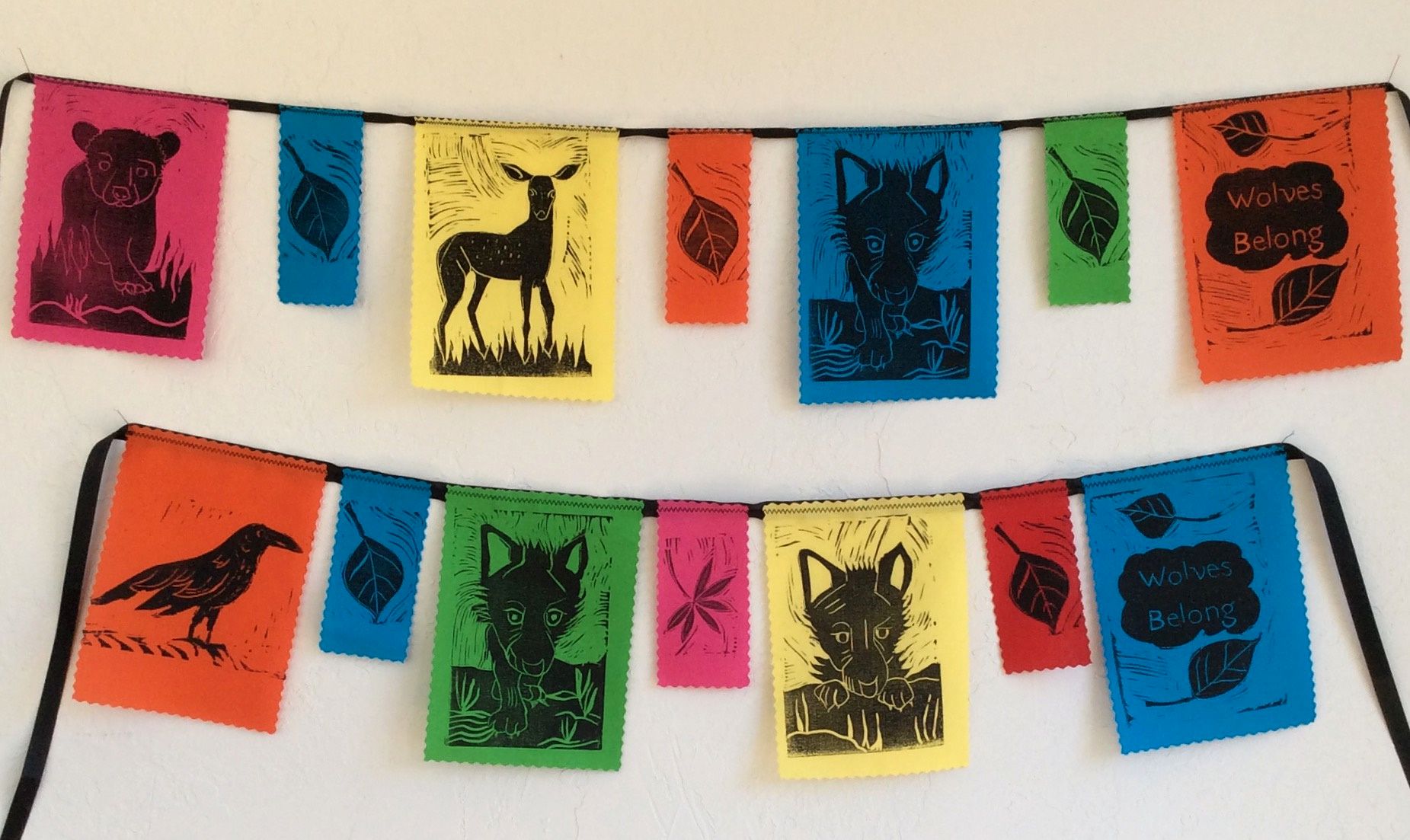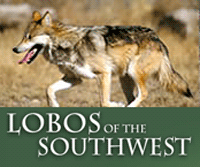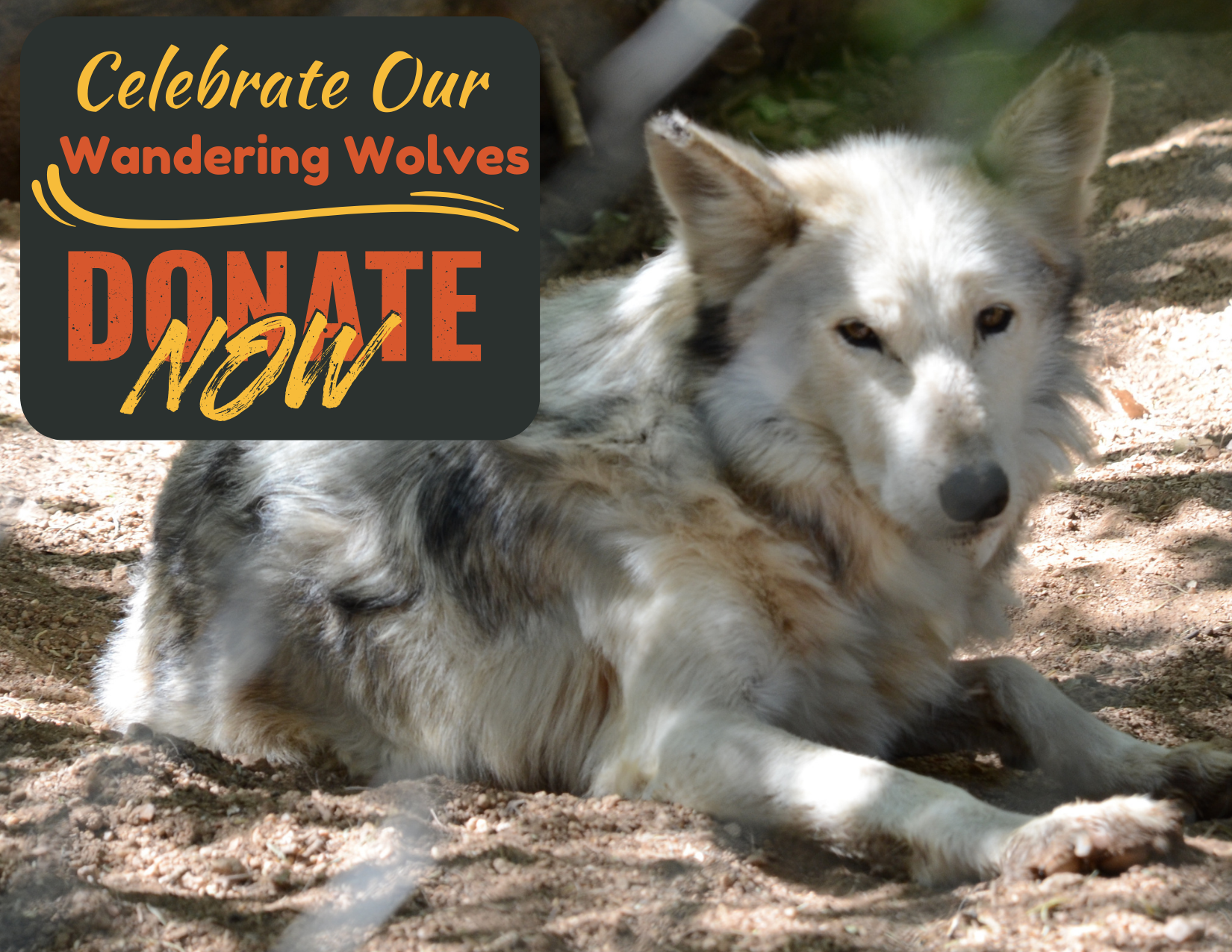AZ Daily Sun (original) Posted: Wednesday, June 8, 2011 5:00 am
Just as Yellowstone has reintroduced endangered wolves, so should the Grand Canyon.
That's what Emily Nelson said she thinks in proposing the forests north and south of the Grand Canyon become a site to host the endangered Mexican gray wolf, following similar actions in eastern Arizona.
"Wolves are really excellent predators," said Nelson, who is a member of a group that backs wolf repopulation. "They keep prey species healthier. I think of them more like personal trainers for the elk."
Nelson was one of some dozens to weigh in on future backcountry changes at the Grand Canyon last Wednesday at Northern Arizona University.
The National Park Service is weighing a lot of big questions about what should happen on the trails and in the backcountry of the Grand Canyon -- ranging from whether bathrooms and other structures should exist in the wild, to whether the ranks of climbers, cross-canyon rafters (backpackers with rafts), or rim-to-rim runners should be limited in some way.
Not up for discussion are some of the big questions already decided in recent years, such as how to allocate rafting trips on the Colorado River, how many mules should be allowed into the canyon, and how many air tours should fly over it.
If speaking of wilderness, the Park Service should consider ecosystems and animals most seriously in light of climate change, said Kim Crumbo of the Grand Canyon Wildlands Council.
Crumbo counts 23 vertebrate species that are no longer found in the Grand Canyon since it became a national park, including bear and fish species.
He said the Park Service should be looking at animal migration routes into the park and lobbying for complementary policies in adjoining forests, transportation corridors and public lands.
"This plan is a simple revision of a simple plan that is inadequate as it was," Crumbo said. "It needs to be more expansive. It needs to address the critical issues we're facing today. You can't address national parks as an island."
River runners from various companies were also on hand to check out the proposals.
"We want to make sure that whatever they do with group size on the trails, it will not negatively impact day hikes from the (Colorado) River," said Joy Staveley of Canyoneers.
Hiking parties are now limited to 32 people, counting guides.
Gayle Higgs represents horse and pack-stock users nationally, and she opposed the new limits on mule trips into the canyon.
"It's hiker against horse or mule," she said. "You know, there are thousands and thousands and thousands of hikers every day that use that trail."
Now she wants to ensure that riders heading up the length of the state can still ride across the Grand Canyon, she said.
"When you talk about what you want the backcountry to look like in 20 years, we want to make sure it remains accessible for pack stock," Higgs said.
Mike Metzger runs one branch of Pink Jeep Tours that takes tourists from Las Vegas, typically, to remote Tuweep on the North Rim, for a look 3,000 feet down to the biggest rapid on the Colorado River.
"It's incredibly remote," he said.
He typically takes as many as 20 passengers for a visit twice weekly, and he also personally car camps in remote sections of the backcountry above the rim.
He likes the area and the rules as they are, he said.
"We don't see hardly any visitors out there," Metzger said.
The National Park Service plans to start narrowing its ideas this fall, analyzing the pros and cons in order to make final decisions in the summer of 2013.





